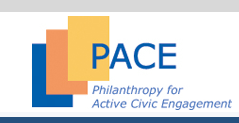 New Years Eve is a mere 48 hours away.
New Years Eve is a mere 48 hours away.With it comes January 1st, 2010, upon which many new laws across our great nation will take effect. Here's a look at a few of the new laws, passed by your elected legislators, that will become effective this New Years Day.
1. New Hampshire will prohibit the trafficking of people for the purposes of sexual or labor exploitation, providing for forfeiture, restitution and compensation.
2. In Montana, insurance companies will be required to provide coverage for autism spectrum disorders.
3. In Texas, teenagers who might want a tan for prom now will have to be accompanied to the tanning facility by an adult.
4. Same-sex couples will be able to marry in New Hampshire.
5. Any lighter that appeals to children will no longer be allowed to be sold in Louisiana. This includes lighters that have a toy-like appearance or entertaining audio or is commonly recognized as appealing, attractive, or intended for use by young children.
6. Illinois joins at least 18 other states in prohibiting drivers from sending text messages while driving.
7. In Texas, college students will need to show proof they've been vaccinated against bacterial meningitis before they can live on campus.
8. In Kentucky, people will be limited on how much money they can borrow through payday loans.
9. Smoke detectors in Texas now will need to be capable of alerting a hearing-impaired person if requested by a tenant.
10. Oregon’s new seat belt law requires children under the age of 16 to wear a seat belt on an all-terrain vehicle or a motor vehicle while on public property.
To read about more new state laws taking effect January 1st, 2010, click here.








